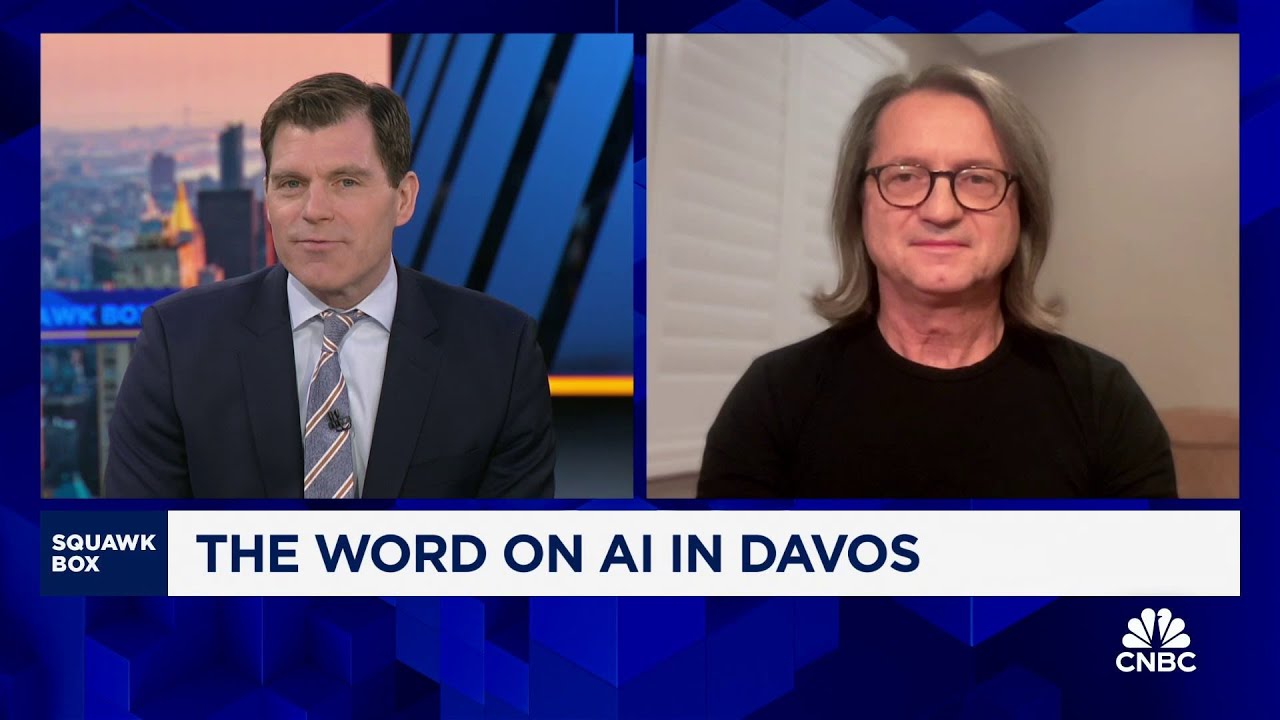Sasha Ostojoic discussed the implications of the White House’s Stargate initiative, a $500 billion investment aimed at advancing AI infrastructure in the U.S., likening it to the Apollo program and emphasizing the need for tangible outcomes from these investments. He also highlighted the evolving AI landscape, the importance of consumer protection in regulation, and expressed optimism about the future of AI technologies and opportunities for innovation despite current market uncertainties.
Stargate is just the beginning of the AI renaissance in the U.S.: Playground Global's Sasha Ostojoic
In a recent discussion, Sasha Ostojoic, a former Nvidia engineer and venture partner at Playground Global, shared insights on the current state of AI technology and the implications of the White House’s Stargate announcement. He emphasized that the U.S. is in a critical phase of building out AI infrastructure and enabling technologies, akin to the Apollo program of the 1960s. The Stargate initiative, which involves a substantial investment of $500 billion over five years, is seen as a catalyst for economic activity and innovation, propelling various companies forward in the AI landscape.
Ostojoic noted that while the investment figures are staggering, they reflect a broader trend of capital spending in the tech sector, with major platform companies expected to collectively invest around $250 billion this year. He acknowledged that unlike the space program, which did not require immediate returns, the current AI investments will need to yield tangible products and applications. However, he expressed optimism about the potential for AI to unlock new opportunities, citing the vision of a future with a billion software developers enabled by AI technologies.
The conversation also touched on the recent changes in AI policy under the Trump administration, which rescinded the previous Biden order on AI safety. Ostojoic highlighted the ongoing uncertainty regarding the administration’s approach to AI regulation and safety, emphasizing the need for consumer protection and the prevention of dangerous technologies. He pointed out that the AI diffusion rule from the Biden administration now seems overshadowed by the attention on Stargate and its implications for the industry.
Addressing concerns about competition, Ostojoic acknowledged that while there are lower-cost alternatives emerging in AI, leading figures in the industry believe that larger computational capabilities will ultimately yield better outcomes. He mentioned that significant research is being conducted at both ends of the spectrum, indicating that the landscape for AI development is still evolving. This dual approach suggests that there will be opportunities for both high-end and more accessible AI solutions.
Finally, Ostojoic reflected on Nvidia’s market performance, noting that its shares have remained relatively stable after a period of significant growth. He speculated that the market is awaiting a new catalyst for movement, whether positive or negative. Despite the current supply constraints faced by Nvidia, he remains optimistic about the company’s future and the broader AI market, which presents vast opportunities for new entrants and innovations in the field.
